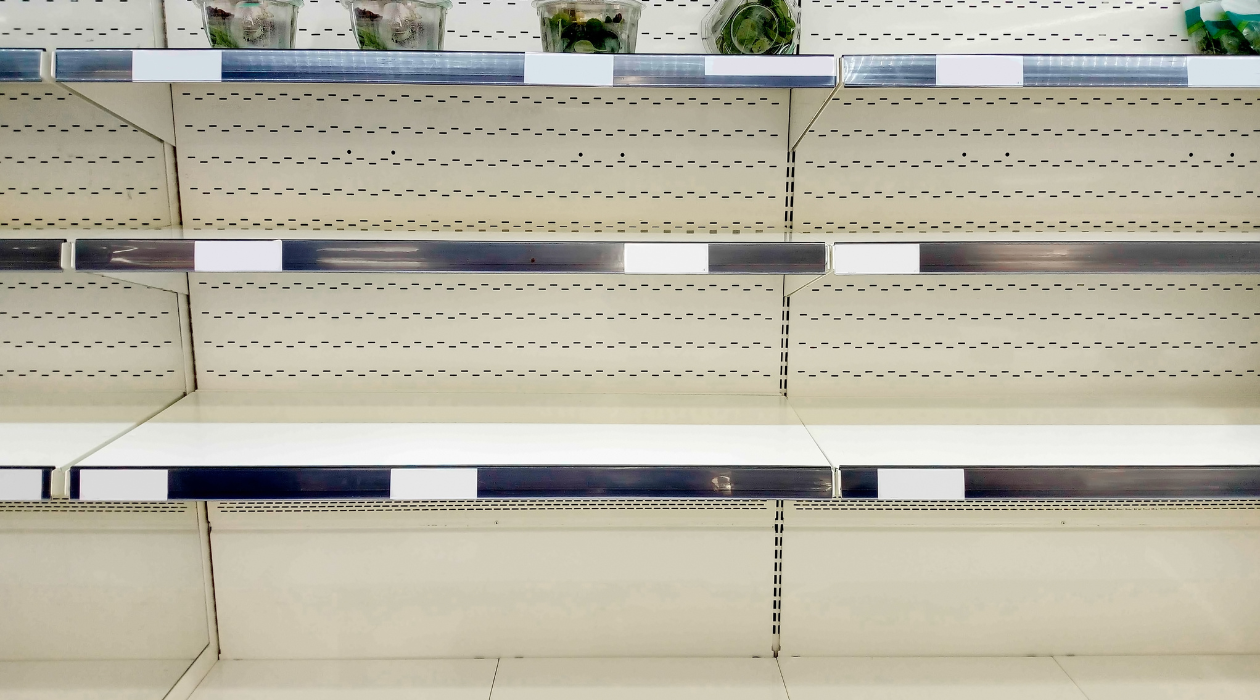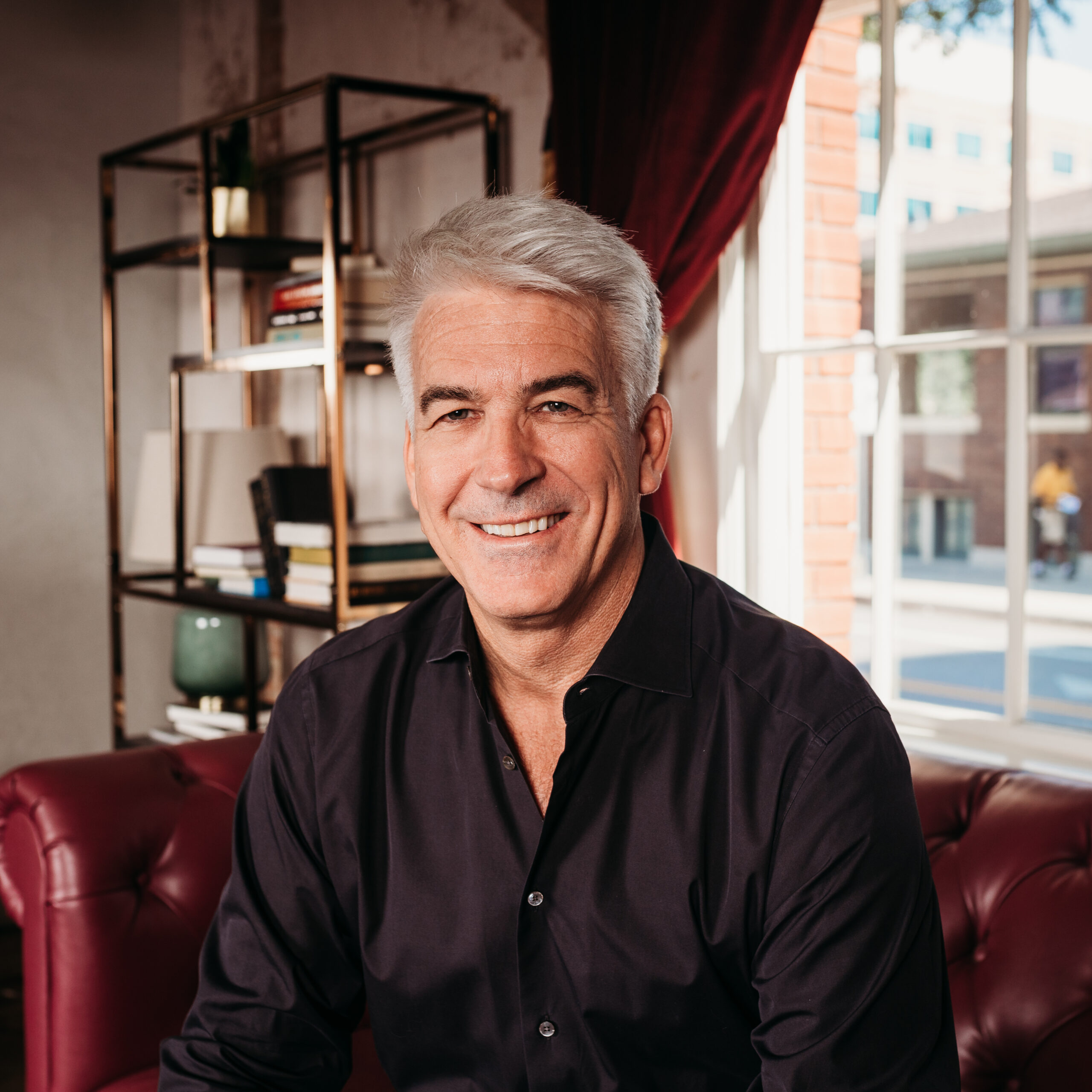Will Hoarding Become a Habit?

By: Kathleen Colditz, EVP Strategy [Header image credit: Canva]
One hardly needs IRI data to know that at the onset of this pandemic, many households started hoarding (or in milder forms, stockpiling or ensuring they are well prepared). What the IRI data confirms, in the week ending March 15, 2020, is a 3x increase in trips for hand sanitizer and toilet paper, more than doubling sales in these categories versus a year ago.
Many proclaim that once consumers are able to move about as they once did and see full grocery shelves, they will deplete their stockpiles and return to pre-COVID-19 buying behavior. But will they, really?
What began as a response to the fear of scarcity has become a response to actual scarcity. Shoppers have been navigating barren shelves. The limited stock that is making it to shelves is quickly depleted by early morning shoppers. Retailers have implemented buying limits so as many households as possible are able to share in the limited bounty.
But out-of-stocks remain high for many categories. Toilet paper and hand sanitizer have only been able to replenish on average 25% of the normal stock since the end of February (source: IRI). A recent Gartner Consumer Community survey (March 18-20, 2020) found that product shortages in-store are a primary concern for people, equally concerning as catching COVID-19 and the state of the U.S. economy.
Buying limits and empty shelves trigger the predictable human response to get what you can when you can (i.e., Scarcity Effect). It does not matter if supply is ample at home. It is now becoming apparent that when more is needed, it may not be available.
Lasting habits take 66 days to form and remain even after the initial driver fades according to a study published in the British Journal of General Practice (2012). We are closing fast on day 66 of quarantine, and there is little evidence that store shelves will be consistently and fully stocked any time soon.
Past experience with stockpiling, usually due to an impending natural disaster like a hurricane, does show a track record of returning to normal after the event. However, hurricanes are discreet, known, and trackable, and the response and recovery efforts have an established pattern. COVID-19 has none of those traits, and the most rational forecast of when we can expect to stop worrying is when a vaccine is widely available, most likely 18 months. Until then, we may experience intermittent periods of shelter-at-home.
To feel some control over such an uncertain situation, shoppers will be hyper focused on being prepared for the next lockdown and the next depletion of grocery shelves. They will continue to maintain their stockpiles until their COVID-19 concerns are relieved.
As we reach 66 days of the current shelter-at-home period, we can expect shoppers to habitually ensure they have enough of essential household items such as toilet paper, paper towels, hand sanitizer, rubbing alcohol, pasta, and any other item they were unable to easily find.
Brands can expect shoppers to prefer larger, multi-pack SKUs over today’s standard pack sizes.
- They will not want larger single packs, but rather packs of multiple standard size product.
- In the near term, it may be necessary to promote smaller and single pack sizes to drive down inventory, yielding shelf space to bulk SKUs.
Brands can play a critical role in alleviating shopper anxiety over the ambiguity of how much is enough to have on-hand.
- Labeling package in ways that translate volume to experience (e.g., 64oz = 12 weeks of clean laundry for your family or 16 mega roles = 2-week supply for a family of 4), provides the shopper a sense of certainty that they will not be caught without.
- Lines on liquid packaging identifying when it is time to replenish drives clarity for the household shopper.
- Subscription enrollment provides security that shoppers will always have enough of what their family needs should there be a next time.
So, will hoarding become a habit?
Hoarding will become a hallmark of the past eventually. But as any child of the Great Depression would attest, habits formed during eras of scarcity can persist for years, even a lifetime. When the COVID-19 threat subsides, shopping behavior for household essentials will have already transitioned from buying “enough for now” to “enough plus extra, just in case.” This new lens will shape innovation and marketing for years to come.


